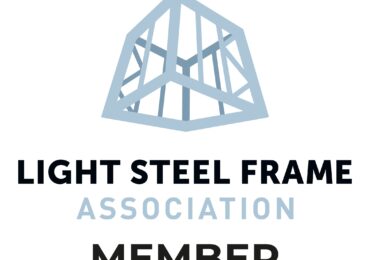Following the shut down of many construction sites at the start of the COVID-19 outbreak. many firms and employers are still in a state of catch up.
In response the government announced plans to speed up as much of the planning and pre-approval process as possible that new construction project require before they can commence. Most, non permitted developments will require planning permission before works can begin and in the past the system has been seen to be slow and a major reason that many projects get held up for long periods.
In August proposals were announced to overhaul the system, which included automatic planning approval for projects within what the government class as “growth” areas within the UK, which they suggest will halve the time needed to obtain planning. Later in the month there were further changes made to permitted rights, which are effective from the 31st August and will remove the requirement for planning permission for a number of specific project types. These include homeowners now being able to extend upwards by up to two stories, developers being able to demolish empty commercial or industrial buildings (to be replaced with flats), all without local authority permission.
Some, such as the Federation of Master Builders, have welcomed the measures to speed up the system, this should not be at the expense of maintaining the standards of design and the quality of the build. The Royal Institute of British Architects however advised this could potentially lead to creation of sub standard housing and the changes are being rushed without proper consultation, which will actually cause more issues than it intends to solve.
The need to balance speeding up the process, whilst ensuring the quality and safety of developments is paramount and safety regulations should not be subject of an overly speedy approval process. To that end the Building Safety Bill was drafted in July 2020, which is focused on high-rise residential buildings, which proposes to tighten the current approval and inspection with the creation of a new regulator.
The governments changes come with the best of intentions but the systems in place are there for a reason and careful balance is needed to ensure standards remain high, whilst streamlining and making the current system more flexible for the construction industry, so it may move forward robustly, post COVID-19.


